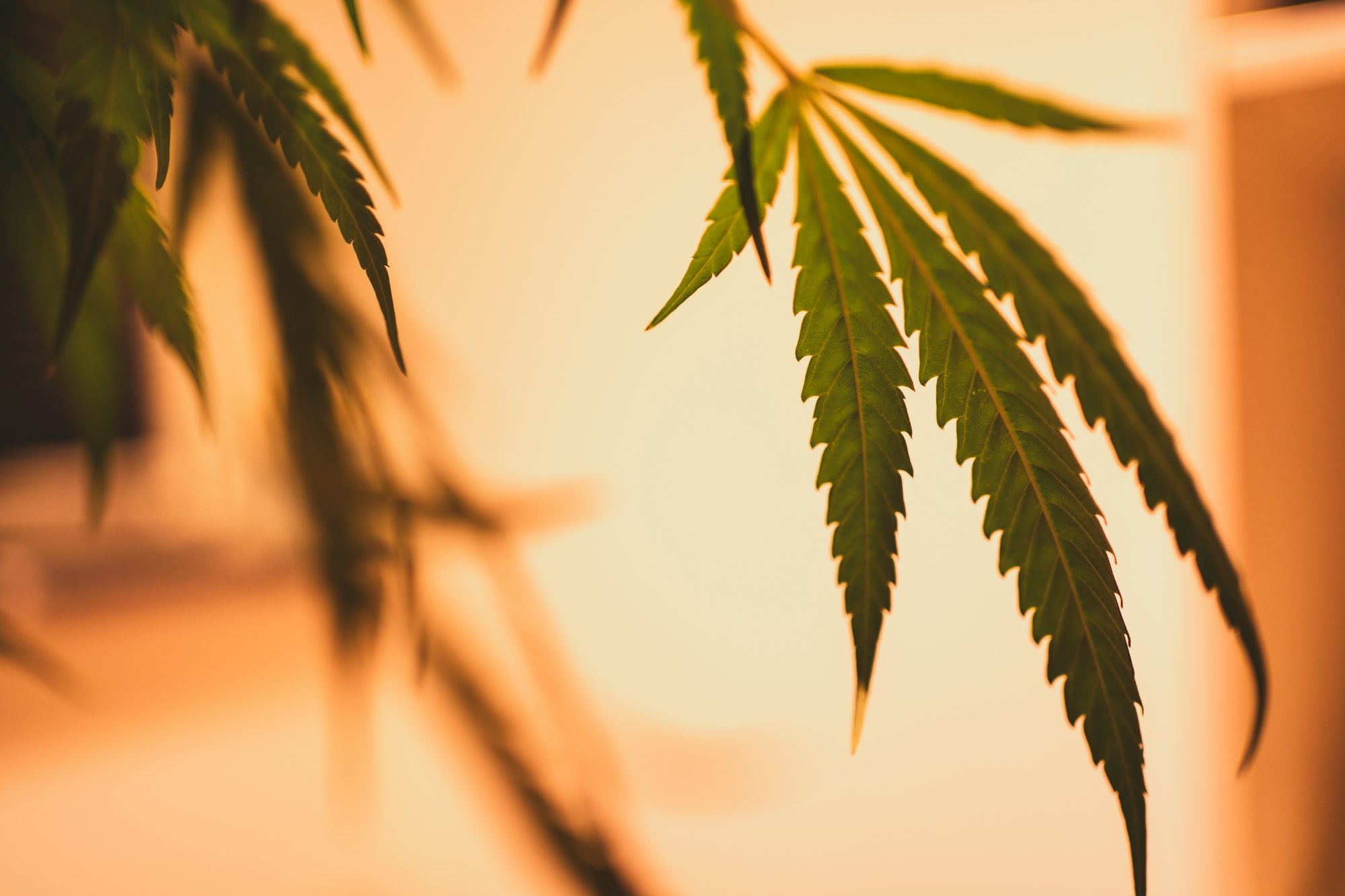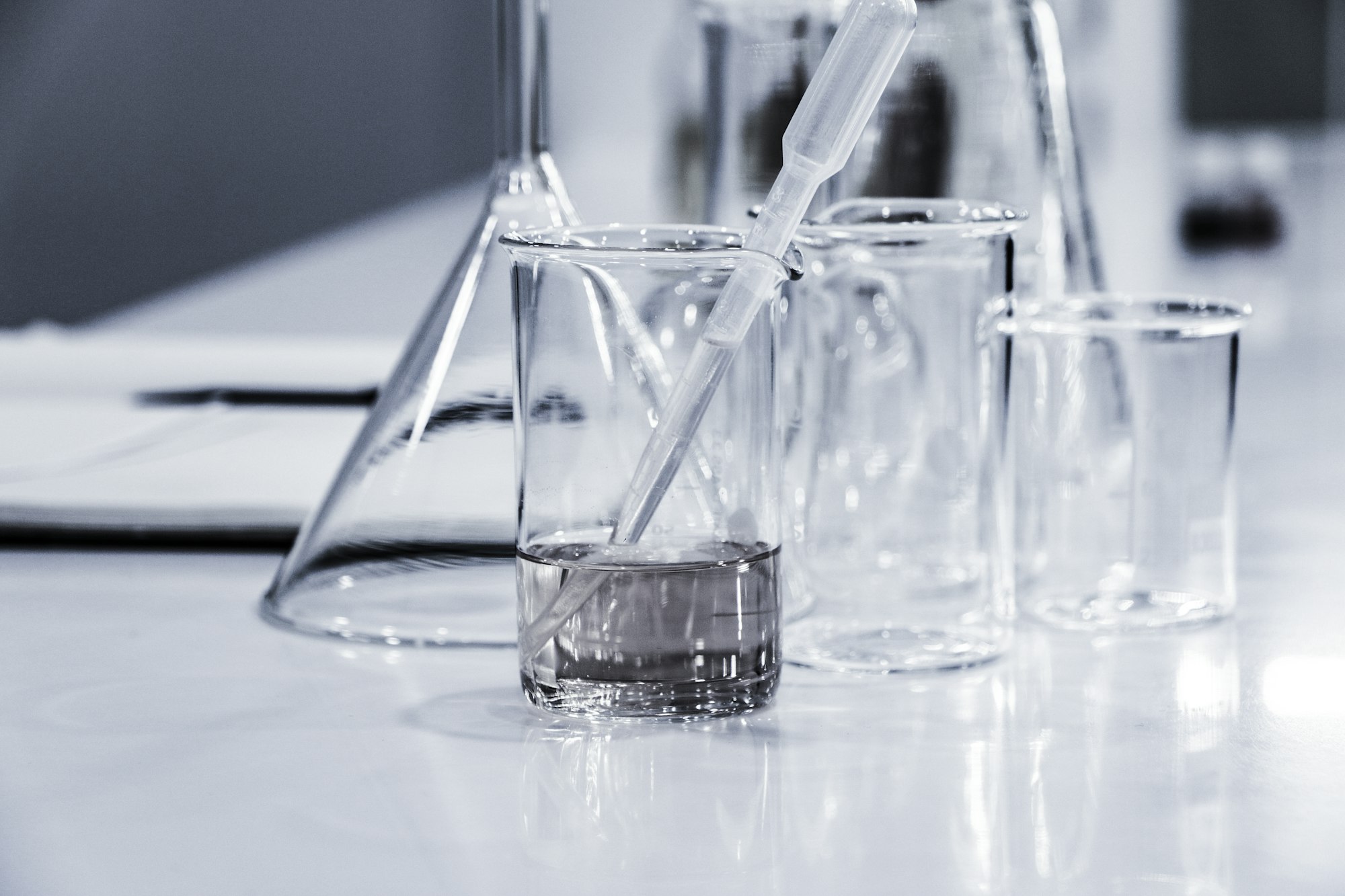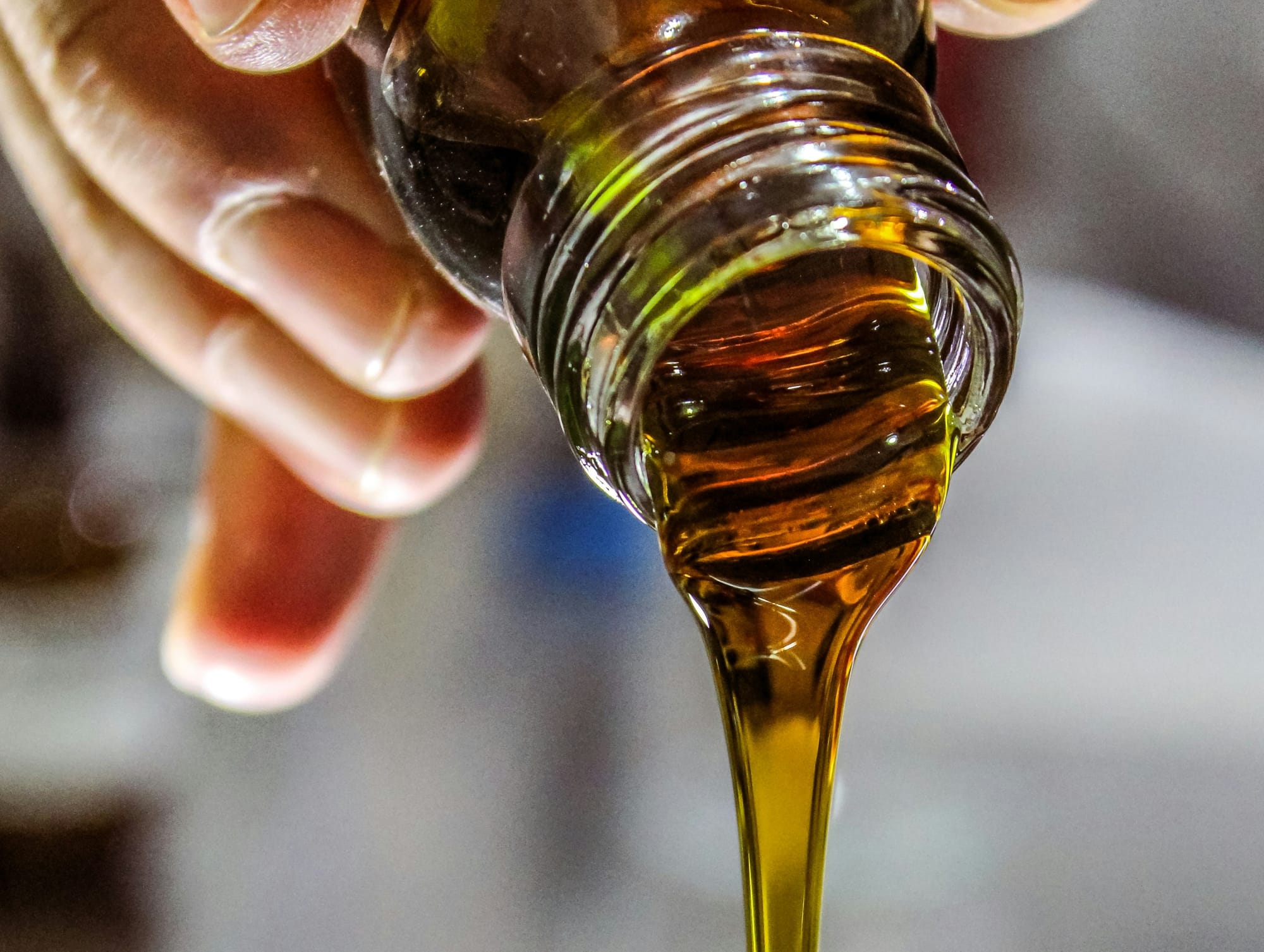How hemp essential oil supports wound healing
Hemp essential oil could play a role in wound healing. Research suggests it may support the body on several levels — physically and even psychologically. Curious how? Let's look at what makes this natural oil so promising for future therapies.

Wounds are one of the oldest medical challenges facing humanity. Whether after surgery, due to injuries or chronic illnesses, the healing process often takes a long time, is prone to complications and places a physical and psychological strain on those affected.

Research shows that hemp essential oil (Cannabis sativa essential oil, or CSEO for short) addresses several of these issues at once. It has anti-inflammatory, antibacterial and antioxidant properties — and is also soothing. The result: faster restoration of skin structure and fewer stress-related delays in the healing process.

What is in the oil — and why is it important?
To determine the ingredients more precisely, the researchers used a method called GC-MS (gas chromatography-mass spectrometry). Put simply, this method allows the individual molecules in the oil to be separated and identified, similar to separating sand and small stones with a sieve – only much more precisely. The result: three main groups of substances were found in the oil of the “Beldiya” hemp variety examined.
Firstly, terpenes such as caryophyllene (approx. 29.5%), humulene (approx. 11.5%) and β-myrcene (approx. 5.1%). Terpenes are the plant's natural fragrances. They have known anti-inflammatory, analgesic and antimicrobial properties. The study describes, for example, an anti-inflammatory effect for myrcene via modulation of prostaglandin E2. Caryophyllene and its oxides are known for their pain-relieving and antibacterial effects. Such effects reduce the local inflammatory response and the risk of infection — both of which promote faster, orderly healing.

The researchers also found cannabinoids, primarily CBD (approx. 4.4%). CBD is not intoxicating, but has antioxidant and anti-inflammatory effects. It has been proven to reduce the formation of reactive oxygen species (ROS). This is important because too many ROS damage cells and delay tissue regeneration.
Substances such as caryophyllene oxide and limonene were also identified, which can enhance the effects of other molecules. Terpenes and cannabinoids can support each other in terms of their effects and penetration, thereby enhancing their healing properties.

How this specifically changes the healing process
A wound goes through several phases. First, there is an inflammatory response: cells such as neutrophils migrate into the tissue to remove bacteria and dead cells. This is important – but if this phase lasts too long, healing is delayed.

In a study, mice were given small surgical incisions and then treated with hemp essential oil. The result: in the animals treated with hemp oil, the neutrophil counts in the blood and skin decreased more quickly than in untreated animals. As a result, the inflammation subsided more quickly than in the untreated group. The oil thus ensured that the wound could progress more quickly to the next stages of wound healing.

Histologically, the oil showed accelerated re-epithelialisation. This is the process by which the uppermost layer of skin (epidermis) grows back from the edges of the wound. Put simply, the skin pulls a new ‘protective film’ over the open area. It also promotes well-developed granulation tissue, in other words, new tissue that fills the wound from the inside and contains many blood vessels that supply the healing process.
In addition, it enhances fibroblast proliferation. Fibroblasts are cells that form collagen and connective tissue. They provide stability. ‘Proliferation’ simply means that they multiply rapidly. On the other hand, it enhances angiogenesis, which describes the formation of new blood vessels that supply the fresh skin with oxygen and nutrients.
In practical terms, this means that the skin closes faster, tissue and vascular structures regenerate more quickly — the wound contracted significantly faster and was completely closed earlier in the CSEO group.

The psychological factor
A special feature of this study was the connection between physical healing and psychological factors. Wounds increase the body's production of cortisol, a stress hormone that slows down the healing process and also promotes anxiety. This is exactly where the hemp essential oil came in: it lowered the cortisol levels of the injured animals and had a calming effect at the same time. The mice showed fewer signs of stress and anxiety in behavioural tests.
The oil therefore not only acts locally at the wound site, where it supports physical healing, but also on a psychological level, as it dampens stress-related systemic reactions — and this is precisely what creates better conditions for rapid healing.

Why this is relevant — and what is still missing
Of course, it must be noted that these results are based on an animal study, so they cannot be transferred one-to-one to humans. Nevertheless, the findings are promising: a natural plant oil with several complementary active ingredients can promote wound healing on several levels — locally (antimicrobial, anti-inflammatory, antioxidant) and systemically (stress/hormonal).

In practice, this means potential for new wound dressings, ointments or combinations with carrier systems (e.g. chitosan films) that prevent infection, regulate moisture and at the same time reduce inflammation and stress. Of particular interest is the combination of antimicrobial, anti-inflammatory and anxiolytic effects, which has hardly been used in classical wound therapy to date.
However, before CSEO can be widely recommended for clinical use, controlled studies in humans are needed to determine its safety, efficacy, appropriate formulations and standardisation (concentrate, degree of purity etc.).

Conclusion
The study clearly shows that hemp essential oil is not just a ‘fragrance oil’. The combination of terpenes and cannabinoids has anti-inflammatory, antibacterial and antioxidant effects, while also reducing stress-related cortisol levels. This is a biological logic: less inflammation + less stress = faster and more organised healing.
For patients, but also for developers of wound care products, this is an interesting direction — and a good example of how versatile hemp can be as a raw material.

